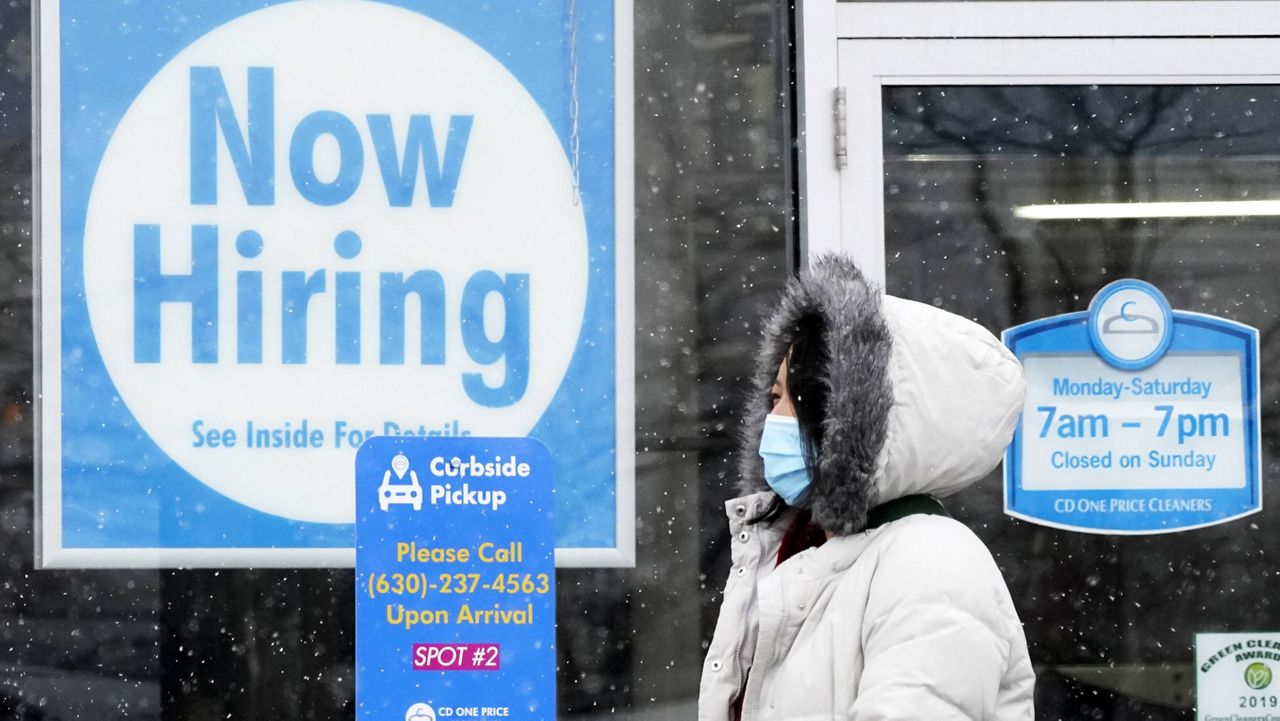Weekly jobless claims in the United States increased slightly to 770,000, in a sign that the COVID-19 pandemic continues to impact economic growth and recovery.
The four-week average of claims dropped to 746,000, the lowest since late November.
Claims went up 45,000 from the week prior. The figure is still lower than the pandemic-high of April 2020, but is still well above pre-pandemic averages. Before the pandemic struck, applications for unemployment aid had never topped 700,000 in any one week.
A total of 4.1 million people are continuing to collect traditional state unemployment benefits, down 18,000 from the previous week. Including separate federal programs that are intended to help workers displaced by the health crisis, 18.2 million Americans were receiving some form of jobless aid in the week of Feb. 27, down by 1.9 million from the week before.
The continuing layoffs are occurring even as the overall job market has shown solid improvement. Last month, U.S. employers added a robust 379,000 jobs, the most since October and a sign that the economy is strengthening as consumers spend more and states and cities ease business restrictions.
With vaccinations accelerating, hopes are rising that Americans will increasingly travel, shop, eat out, and spend freely after a year of virus-induced restraint.
President Joe Biden’s $1.9 trillion relief package is also expected to help accelerate growth, especially with most adults this week receiving $1,400 stimulus checks that should fuel more spending. An extension of $300 weekly unemployment benefits into early September will provide support, too, along with money for vaccines and treatments, school re-openings, state and local governments and ailing industries ranging from airlines to concert halls.
Yet the nation is still 9.5 million short of the number of jobs it had in February 2020. And Federal Reserve Chair Jerome Powell suggested Wednesday after the Fed’s latest policy meeting that the overall economic outlook remained cloudy.
“The state of the economy in two or three years is highly uncertain,” Powell said at a news conference after the Fed signaled that it expects to keep its key interest rate near zero through 2023 despite some solid economic gains and concerns about rising inflation pressures.
The Associated Press contributed to this report.



